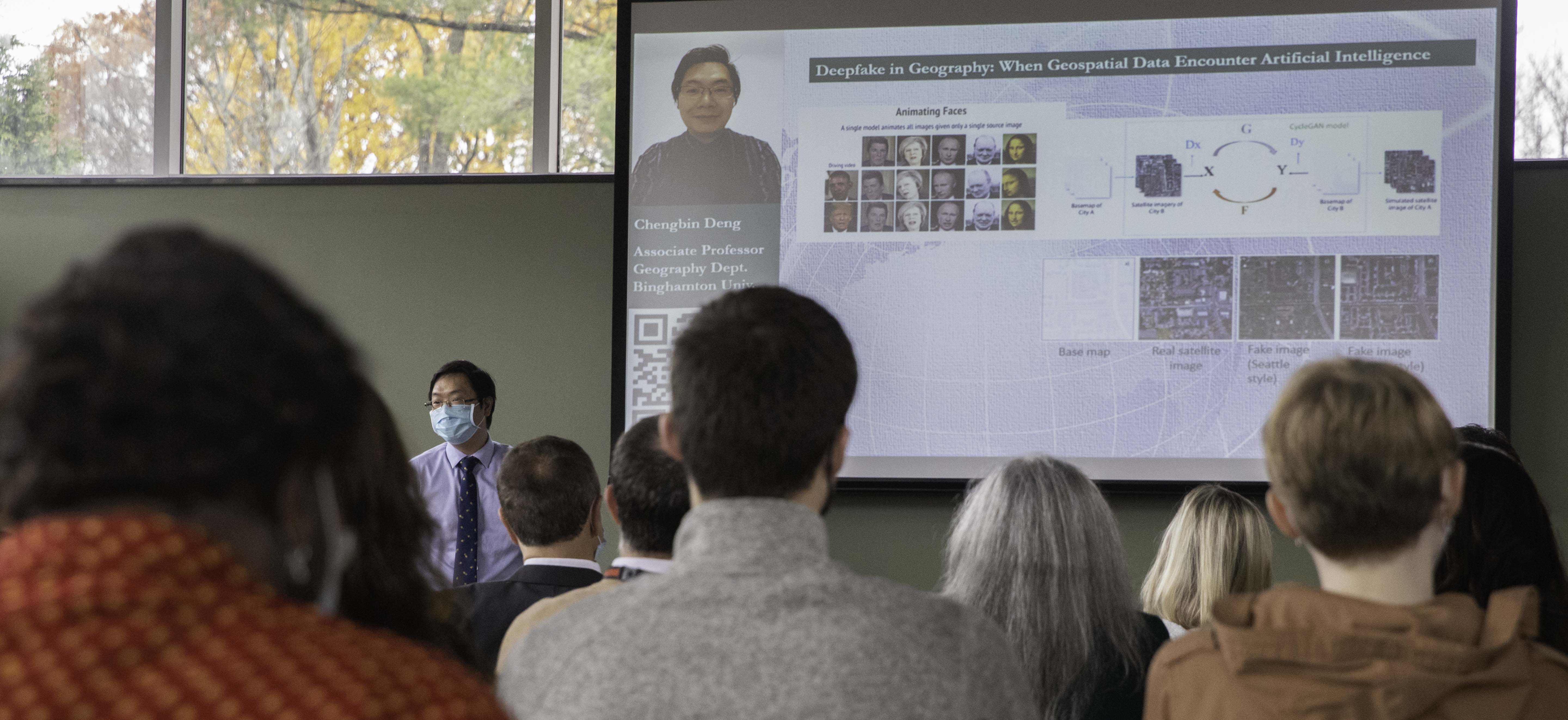Document Type
Poster
Publication Date
2018
Keywords
Remote sensing, LiDAR, prehistoric archaeology, prospection, automated object detection, object based image analysis, earthworks, South Carolina
Abstract
Artificial mounds and rings are morphologically heterogeneous. While they share many compositional traits, their outlines on landscapes widely vary across geographic regions. As such, automated identification of these deposits requires the use of algorithms that are capable of evaluating a range of criteria and assessing objects that fall within acceptable ranges for each analyzed attribute. Object-based image analysis (OBIA) is one solution to this problem. Here, I develop a combined OBIA method utilizing two different approaches – multiresolution segmentation and template matching – in order to locate these features semi-automatically. The results of this study indicate the success of this method for detecting previously undocumented archaeological features in South Carolina. Remote Sensing thus increases economic and time efficiency for archaeological survey.
Recommended Citation
Davis, Dylan S., "Unveiling the Past: Using LiDAR to Discover Lost Archaeological Features in the American Southeast" (2018). GIS Day. 1.
https://orb.binghamton.edu/gisday/1



